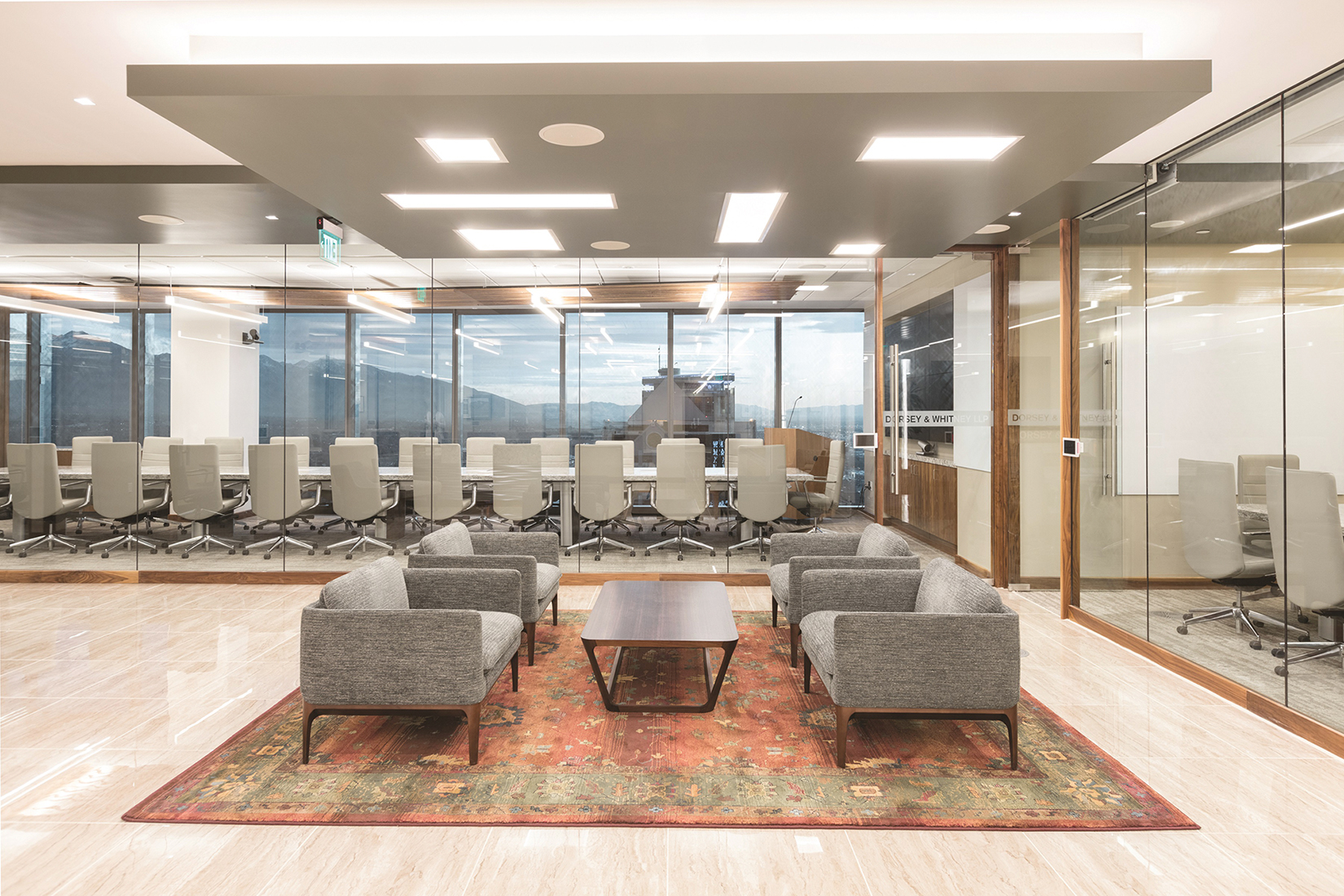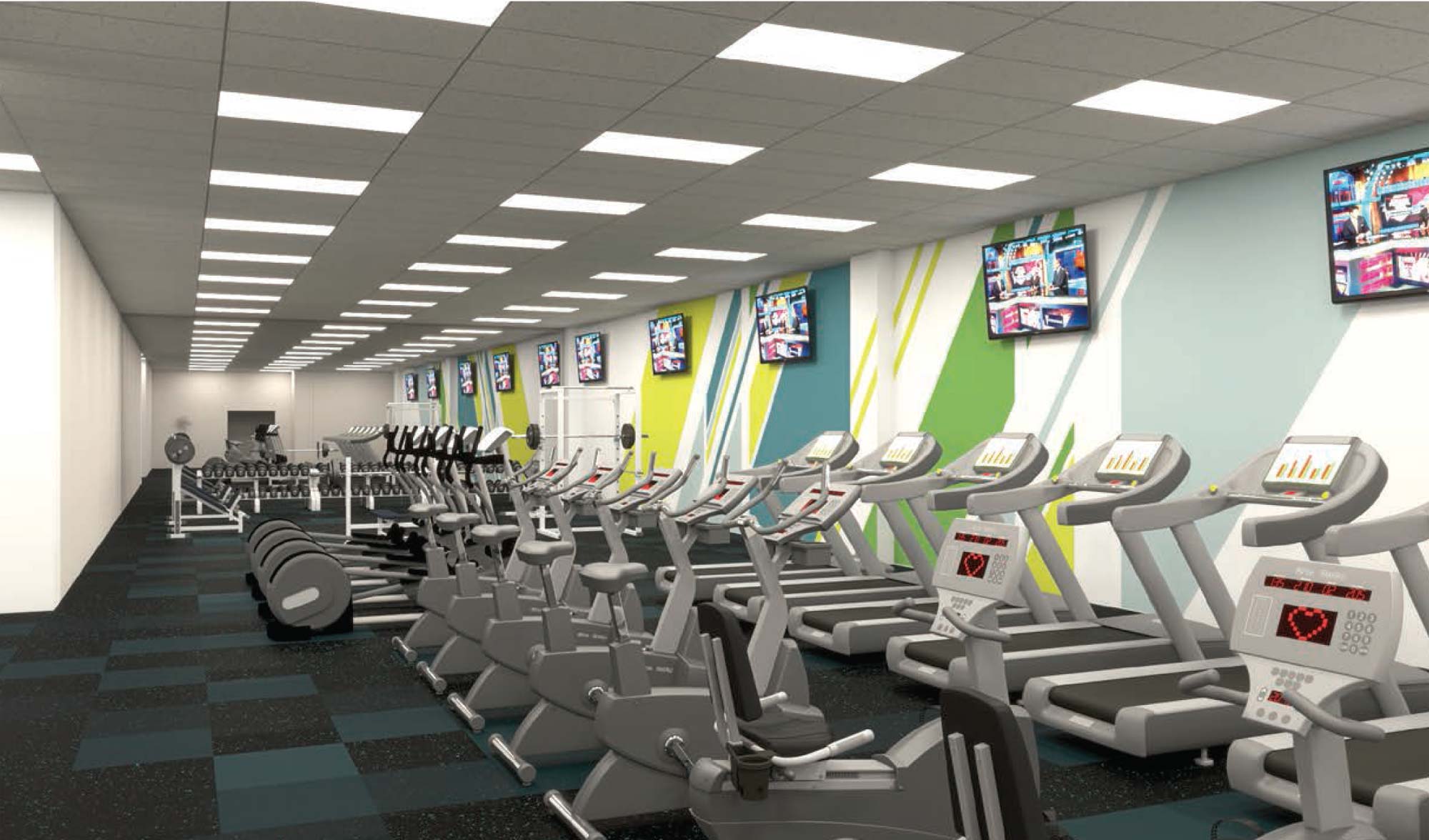
The WELL Building Standards is a giant leap forward in a time when we could use some good news.
It is common knowledge that designers can incorporate sustainable building design elements into the earliest phases of a project without any claims on additional time or money. This approach requires planning and committed, experienced architects, but there’s no reason a beautiful, functional building cannot also be sustainable.
Now, to accelerate the integration of health and wellness in the built environment, the design profession is demonstrating the design’s impact on the human experience. We’re talking leading edge of industry practices—a new wave of sustainability gaining momentum. Our profession is people-centered, and our designs are for purposeful human interaction.
It may sound philosophical, but I think there is no profit if the equation does not include bettering our world. In other words, if a profit comes at the expense of humanity, it isn’t profitable at all.
Creating a great, sustainable design means addressing elements that impact the health and well-being of the building’s occupants. And, like green design, a WELL Building pays real dividends not just to the owner but to our society. It’s a bottom-line worth embracing.
The WELL Building Standard brings sustainability to the human scale. The premise is this: We can optimize human capital—health and well-being, both physical and mental, through the built environment. WELL is administered by the International WELL Building Institute™ (IWBI). The Green Business Certification Inc. (GBCI) certifies the WELL Building Standard. Think of it as a standard created by your doctor (because health is the centerpiece of the initiative) that your mother would approve.
WELLness is based on four categories:
- Social
- Community
- Career & Finance
- Personal/Physical
How is it different?
The focus is on People. Buildings are designed for various human activities, and WELL buildings support these activities. This focus extends outward to our society as a whole, potentially elevating all of us. The bottom line now includes the well-being of the workforce and the entire community. We all win.

SIDEBAR:
Statistically, employers spend 90 percent of their annual operating costs on people. This means that even a small impact on productivity, engagement, and satisfaction in the workplace can have huge returns on investment. People who work in WELL Certified environments have expressed the positive effects their WELL offices have on productivity. A record-breaking 83% reporting they are more productive and 94%confirming that the new space has a positive impact on their business performance. This is compared to a national average of 73% of unengaged employees.
The WELL Standard has quantified the elements that make up these four categories. Some of them are familiar sustainable building requirements, but some are pretty personal. They are:
10 Health-Promoting Design Concepts for Our Built Environment – The WELL v2 Standard

WHY DOES IT MATTER?
Most of us try to include as many of these WELL elements as possible in our homes so that we can thrive. Interestingly, the same key features that create a home where we can bloom also drive a better bottom line in the workplace. A WELL building tidily resolves many workplace issues. Specifically, stress, lack of activity, and obesity are all issues that WELL Standards can mitigate at the front end of the building project through designs that make it convenient to access fresh air and water, physical movement, and nature. Additionally, healthy food, natural lighting, and avoiding unnecessary chemicals such as cleaning products or finishes significantly improve the quality of the building occupants’ day-to-day existence. The focus is on People.
Commerce answers to shareholders. WELL Buildings support profitability. The cost of initiating WELL building concepts in a design pays dividends in productivity and low attrition. By channeling resources toward reducing the biggest line item in the 30-year costs of a building—the personnel—the business case for WELL features a meaningful return on investment.
Community benefits, too, since happy employees extend their great attitudes beyond the workplace walls. This results in a better home life, children ready to learn, and other family members engaging positively with the surrounding community.
This might sound like Utopia, but it’s a very doable practice. A WELL building changes mindsets and behaviors. Thanks to the WELL Certification program, all of these measures have been quantified. The process includes documentation and an on-site audit that tallies a scorecard across these ten standards. It’s not rocket science, and it’s not cost-prohibitive. It’s a holistic solution that can improve a great many problems in modern-day society, one workplace at a time.
To delve deeper into WELLness yourself, visit www.wellcertified.com.
The WELL Building standard shines a light on numerous health hazards that have been accepted as an inconvenient part of life, that can actually be avoided with planning and awareness. The list is extensive, but some compelling discoveries include:
AIR: healthy indoor air mitigates allergies and asthma, chronic fatigue, eye irritations, headaches and ability to focus.
WATER: available, good quality water reduces fatigue, improves neurophysiological and gastrointestinal health, lowers blood pressure
NOURISHMENT: access to and availability of healthy foods support the immune system, and reduces the risk of obesity
LIGHT: optimal lighting supports daytime energy, reduces eye strain, and even improves the quality of sleep
MOVEMENT: opportunities for physical activity during the work day support healthy weight, stress reduction, stable moods, and anti-aging
THERMAL AND SOUND COMFORT: noise mitigation, good floors, and ergonomic workplace design increases cognition, productivity while decreasing anxiety and fatigue
MIND: natural lighting and access to nature via views, and plants mitigates headaches, migraines, high blood pressure, and chronic pain
MATERIALS: focuses on promoting indoor air quality health by low-hazard cleaning products, declared materials, and integrated pest management to protect health.
COMMUNITY: providing access to health services, inclusive health-promoting policies, and that enables all individuals to thrive, which can build a foundation for truly equitable, diverse and healthy communities.